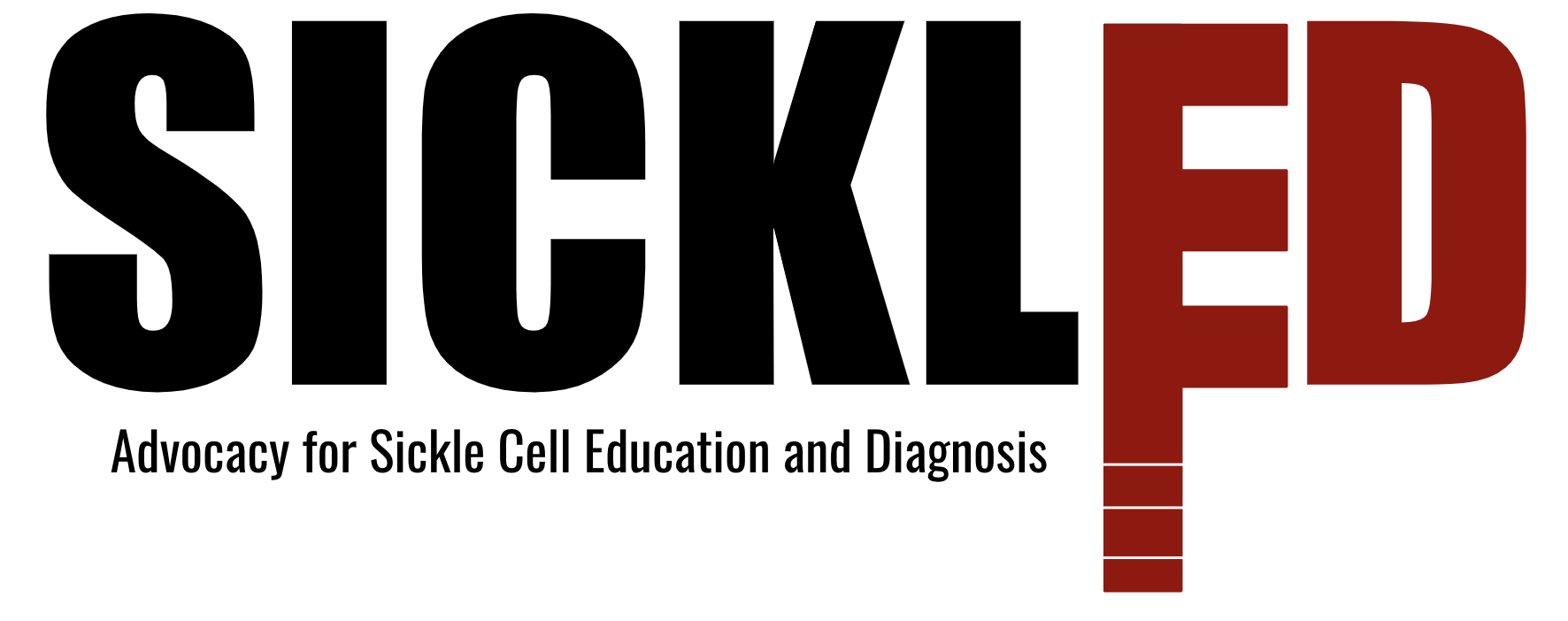With an extremely early start to the morning, four of us made our grand journey to Freetown. With two main meetings in place, one with the largest Sickle Cell advocacy group in Sierra Leone and the other with a representative of one of the most financed programs for healthcare, we were set to have one of our most productive days yet. The ride was long but scenic as we were locked on the beautiful countryside of Sierra Leone and the sprawling reach of Freetown. Bridging the gap between mountains and sea, Freetown was like no other city we had encountered before. Motorbikes, tuk-tuk-like vehicles, and large buses dominated the streets. First, we dropped off the Mothers of Sierra Leone team at the local women’s center. Then, after some careful weaving, we arrived at the Sickle Cell Society’s building. As we walked inside, we could not help but notice informational posters on sickle cell disease, things we had not seen at all during our fieldwork. Displaying comprehensive diagrams of genetic contributions and common treatment plans, the posters were refreshing and great reminders of the continued efforts by the society. Since we are working to develop some of our own, we took a few pictures for inspiration before meeting with the director.
This meeting was a perfect opportunity to collect contacts. Throughout fieldwork, we had been networking with largely new people; targeting the system requires much different perspectives than those that we had interviewed in prior years. The director of the Sickle Cell Society provided us with contacts that are bound to accelerate each of our ventures exponentially. Some of the key insights she provided, however, that much of our team had not yet considered were the direct impacts sickle cell disease has on patients in school. Children who are tired and can not stay awake due to symptoms, who must use the bathroom more often than others are more vulnerable to discipline at the school level. We made sure to take note of their resources while incorporating additional items into our educational initiatives.
Next, we had our meeting with a representative from CHASL. In order to push our CME grade course to the front line, we needed to get a better understanding of the approval process and possible avenues to certification. Although the meeting was brief, they provided even more contacts, some of which completely circumvented some of the old paths we would have originally been forced to take. Additionally, we identified some current ties between Johns Hopkins and many other CME courses which we may be able to continue leveraging at home. Sickle cell efforts were emerging out of the framework everywhere, however, they still seemed to be far between. The more and more people we interview, the more we have been hearing about smaller networks and initiatives also pushing for similar goals. As we had originally emphasized, we did not want to pilot new initiatives or co-initiatives; with our limited time in the country but large resources at home, bolstering current efforts in Sierra Leone would be ideal.
After our meetings, the team went out to lunch (where the majority chose to eat even more rice), went back to the women’s center to pick up the Mothers of Sierra Leone team, and met Professor Mehta at a local grocery store across from the seaport. Due to some luggage problems the teams were facing, a few people went into the seaport while the others shopped around for a while. With some miraculous success, one of our team members was able to recover their luggage after almost a week of misplacement and tracking. With one more climb through Freetown, we were on our way back to Makeni, ready to enjoy the warm dinner that awaited us.
